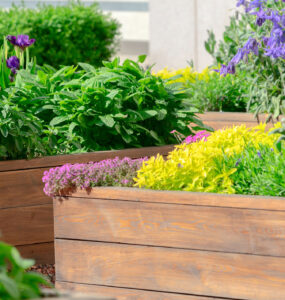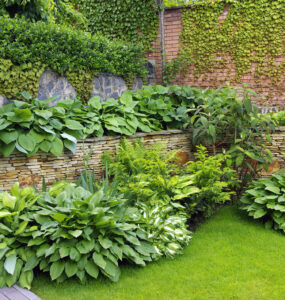Fresh herbs are a total game changer when it comes to your cooking. Dry bottled seasonings from the supermarket don’t hold a candle to the quality and flavour of garden-grown spices from your own backyard. Whether you’re whipping together a quick salsa fresca to enjoy on the patio, preparing a roast chicken dinner, or shaking up some swanky cocktails, you can get so much out of a personal herb garden.
Growing an herb garden isn’t difficult to pull off, and even if you don’t have a ton of free space, it’s a totally manageable project. Most herb plants are small enough that you can easily plant them in containers to pop on the windowsill if you don’t have much garden space outside. We tossed together a list of our favourite herbs that are not only easy to maintain, but will add a whole new level of wow to your meals.
Top Herbs to Grow at Home
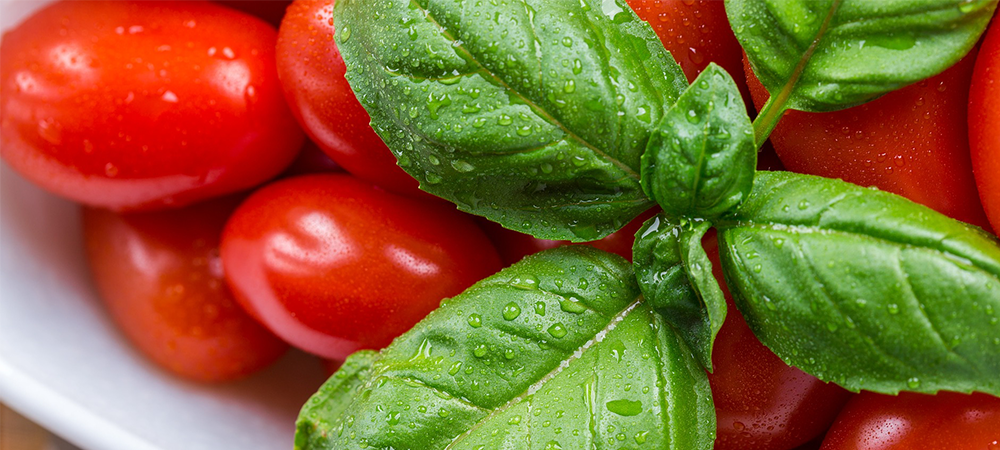
Basil: No marinara sauce is complete without a sprinkling of this minty, savoury herb. It’s a staple in Italian cooking, but it also often makes an appearance in Thai curries and Vietnamese vermicelli dishes. Sweet basil is definitely the most popular and versatile kind, but there are other more citrusy varieties like lemon basil. It looks great in containers and window boxes, so if you’ve got a patio that needs a little decorating, putting together some ornamental containers full of basil will give you that perfect combo of style and function.
It likes lots of sun, well-draining soil, and regular watering, so as long as you can keep up with that little bit of maintenance, you’ll be in for a summer full of spectacular dinners. Pinch off the blossoms before they develop to make room for new leaves to take their place.
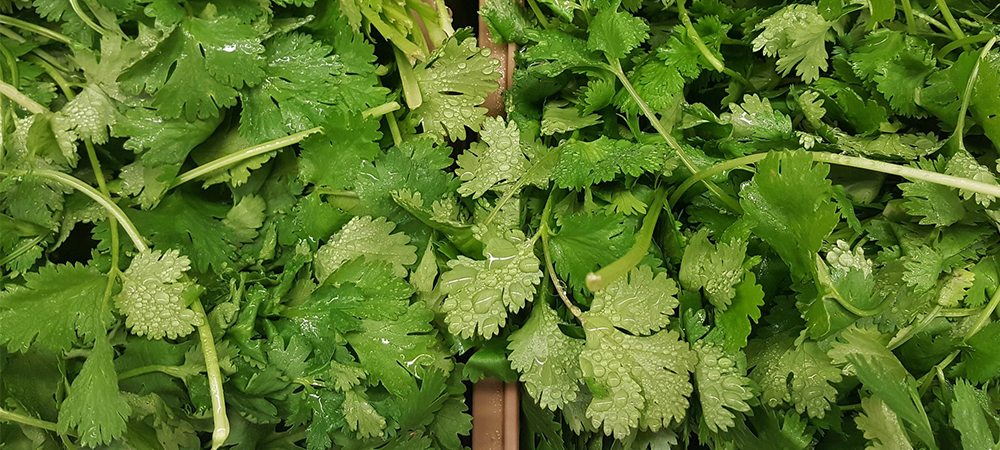
Cilantro: Now, not everyone is a big fan of cilantro. While it tastes zesty and delicious to most, some folks experience a bitter soapy flavour. Still, there’s no questioning that this leafy herb is one of the hallmarks of Mexican cuisine. Throw it on top of tacos, nachos, guacamole, and all the other amazing foods you crave at 10 pm after a couple margaritas. It’s also a common addition to Pho soup, one of the most delicious comfort foods of all time.
This popular plant, often referred to as coriander, needs around 5 hours of direct sunlight per day, and you should let the soil dry out between watering. A little fish fertilizer will go a long way, especially if you’re growing this one indoors, so make sure to feed these guys every so often so they can grow big and bushy.
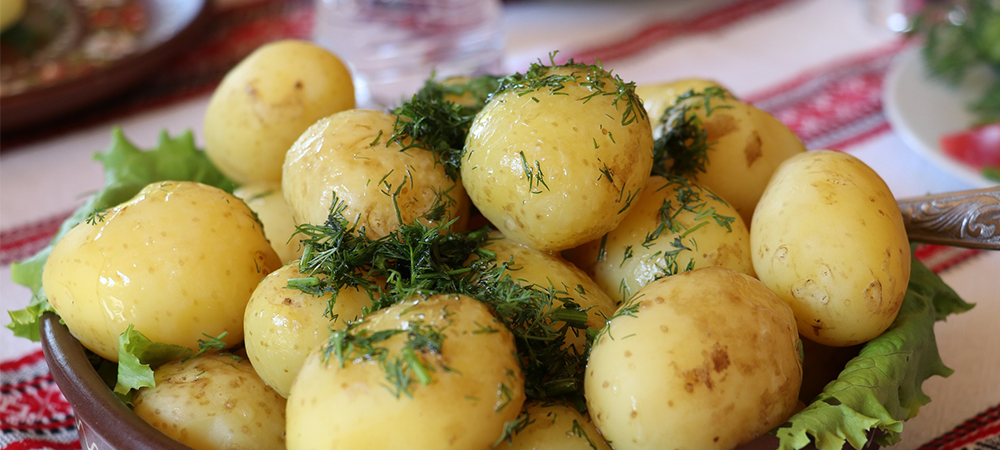
Dill: This fine, feathery herb has such a delicious, tangy scent. Pretty much any potato dish becomes ten times better when you sprinkle in some fresh dill, whether it’s perogies, hash browns, latkes or plain old mashed. Our neighbours over in Manitoba swear by their signature honey-dill sauce made with one-part honey, one-part mayo, and a handful of freshly chopped dill (not gonna lie, it’s pretty wicked on chicken fingers).
Dill is a bit sensitive to transplanting and doesn’t always handle the transition well, so your safest bet is to sow these seeds directly into the ground. They grow pretty fast, so you won’t have to worry about waiting around for weeks before you start pickling everything in your garden.
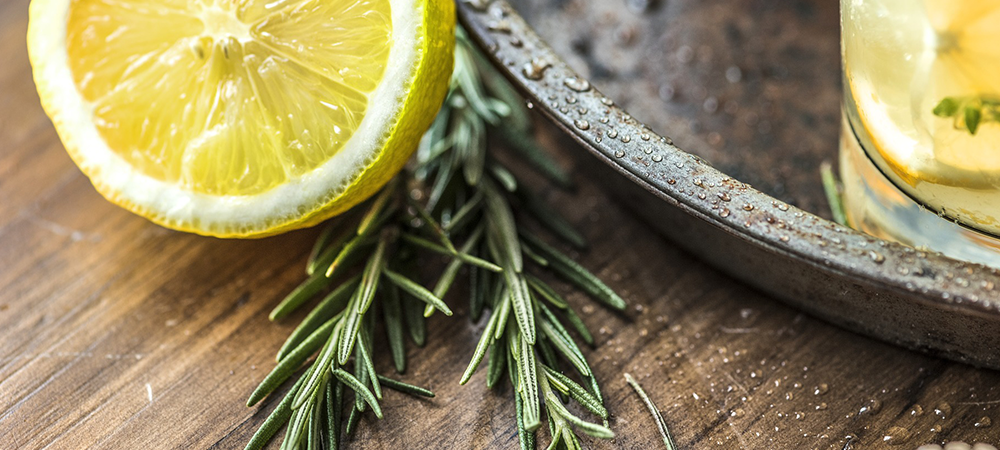
Rosemary: This classic spice is by far one of the best herbs to grow in an indoor herb garden. It’s easy to propagate, so as it develops you can split it up into more and more plants to expand your collection or give some away to friends and family. It’s one of those amazing herbs that tastes just as good in sweet dishes as it does in savoury. Seriously though, a honey lemon rosemary glaze totally rocks on a sugary pastry or a roast chicken. This one can really do it all. Just give it lots of sun and prune it regularly, and you’ll be provided with a pretty amazing seasoning source that works with tons of dishes.
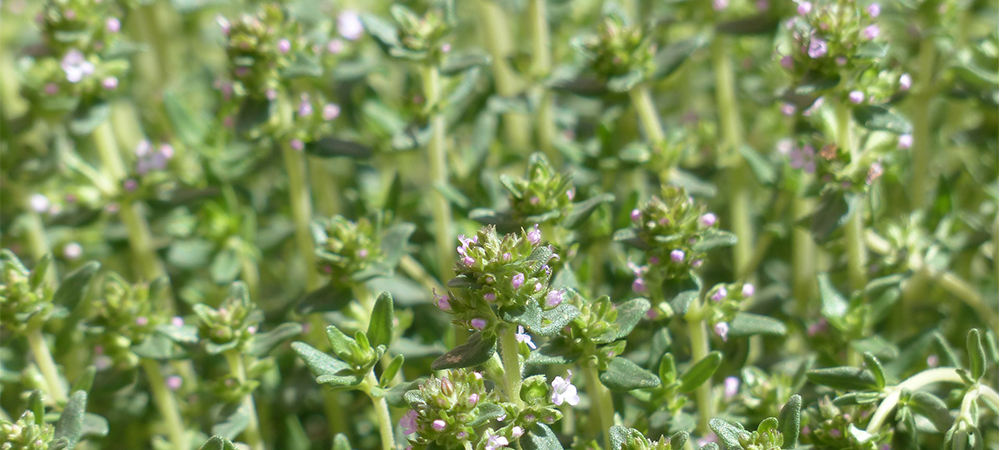
Thyme: This guy is rosemary’s best pal. They pair beautifully together on roasted meat dishes, and they really pop when you add in a squirt of lemon. The smell of thyme is totally unbeatable, and many different varieties have distinct scent top notes like orange or rose.
This plant can stand a little neglect, and if anything, it tends to grow a bit stronger and lusher if you don’t mess around with it too much. If you maintain a thyme plant indoors over the winter, prevent it from getting too woody, prune it well sometime in late spring.
Having one herb plant is pretty great, but having a mix of fresh fragrant spices is a whole other ballgame. Blending fresh herbs and creating your own marinades and seasoning rubs will add an impressive complexity to the flavour of your cooking.


